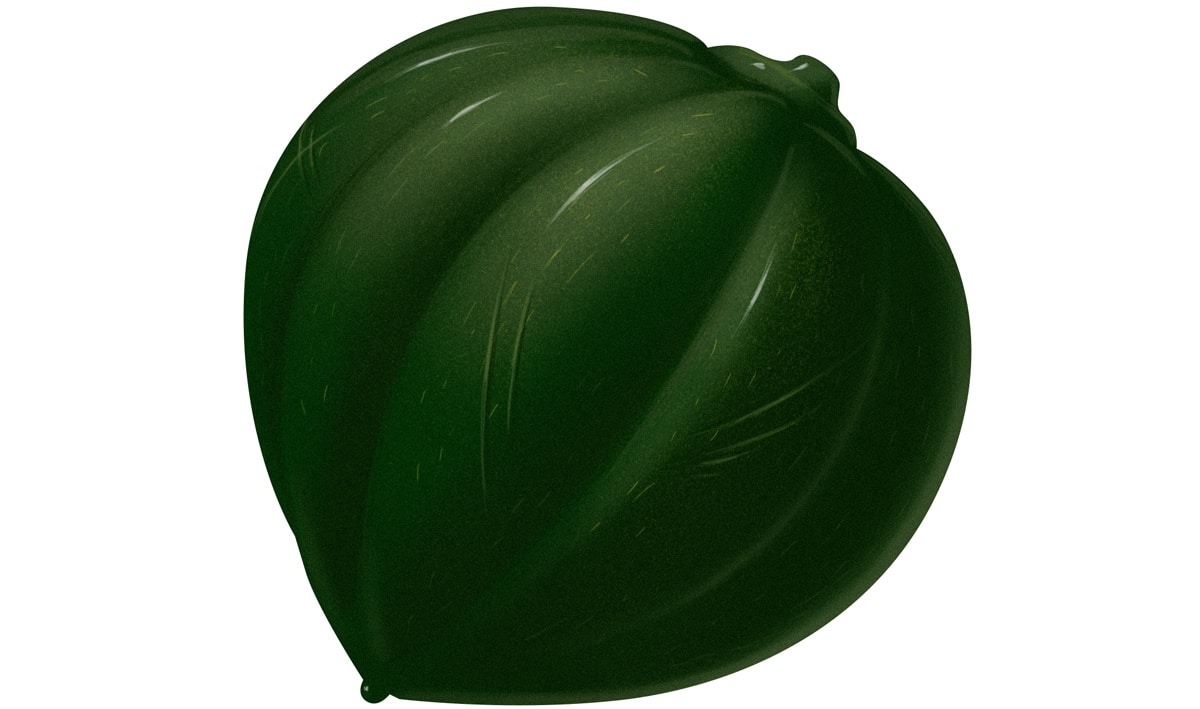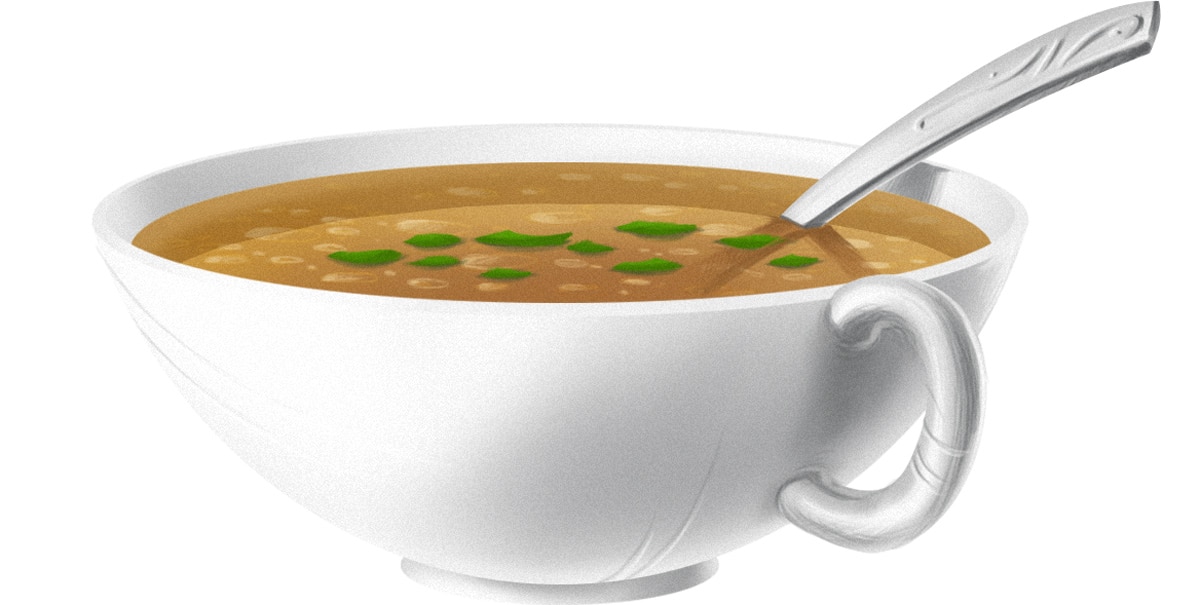When they switch to Paleo, some people effortlessly dive right in to overflowing heaps of salad greens, massive piles of roast broccoli, and endless bowls of coleslaw. But not everyone finds it quite that easy, particularly if they’re coming from a low-vegetable diet, or if they’re trying to heal from pre-existing digestive problems like IBS. Feeling bloated or overstuffed is fairly common if you suddenly add a huge amount of roughage to your diet; some people also get gassy and constipated, or just feel “off” all the time.
If it’s still the first few weeks of Paleo for you, the first thing to try is very simple: cut back your vegetable intake to a comfortable level, and then slowly work your way back up (this should take 1-2 weeks, depending on how far back you had to cut in the first place). For the vast majority of people who don’t have serious gastrointestinal issues and just need to adjust, this will solve the problem without further ado.
If you’ve already tried that and it doesn’t help (or if it helped some, but didn’t get you all the way there), it’s probably a sign that there’s something more serious going on than “I’m not used to eating this many vegetables.” So here’s a guide to choosing and preparing vegetables to make them easier on the stomach.
Why can Vegetables be Hard on your Stomach?
In a word: fiber. Fiber is any kind of carbohydrate that you can’t break down and use for energy (although sometimes your gut flora can). And yes, even though it’s famously healthy in the abstract, it can still cause problems for certain people. This study goes over an exhaustive review of fiber and digestion, but here’s the short version:
Soluble Fiber
Soluble fiber is fiber that your gut flora can ferment. For most people, that’s perfectly fine and even very healthy: their gut flora get a tasty brunch and everything else keeps humming along as normal. The fermentation does produce some gas, but it’s not enough to cause any noticeable symptoms.
Some people are very sensitive to the effects of these fermentable carbohydrates, though, to the point that the gas produced causes bloating and other general discomfort. The most famous culprits for this are the short-chain carbohydrates called FODMAPs. FODMAPs carbohydrates can be the culprits behind almost anything from diarrhea to constipation to extreme bloating – some gastroenterologists even think that “Irritable Bowel Syndrome” is really just a FODMAPs sensitivity.
Insoluble Fiber
Insoluble fiber is not fermentable: you can’t use it, and neither can your gut flora. It just goes in your mouth and out the other end. The most famous result is an increase in stool bulk – this is one of the reasons why why insoluble fiber is often used as a laxative (e.g. in psyllium husk).
Insoluble fiber isn’t quite as infamous for causing digestive problems as soluble fiber, but there’s still at least some evidence that it’s not all good. For one thing, it works as a laxative by literally irritating the lining of the gut so much that the gut wall produces more mucus as a lubricant and increases peristalsis (movement of feces through the digestive tract) just to get the irritating fiber out of there.
How to Make Vegetables Easier on your Stomach
Choose the Right Ones
Choosing fruits and vegetables low in FODMAPs can go a long way towards improving your “gut reaction.” Onions and garlic are two vegetables very high in FODMAPs; some people get relief just by eliminating those two. Cruciferous vegetables (like broccoli, cabbage, and Brussels sprouts) are also common problem foods. Other people find it helpful to get even more involved: here’s a list of Paleo low-FODMAP foods if you want more.

Some good safe choices are:
- Carrots
- Zucchini and other summer squash
- Butternut, acorn, and other winter squash
- Lettuce, spinach, and other salad greens
- Eggplant
- Cucumbers
- Bananas
Cook them
Cooking vegetables helps break down the fibers they contain, which makes them easier on the digestive system because they’re already partly broken down. You don’t have to boil the life out of everything you eat; it’s fine to steam, sauté, or roast them so long as they’re well-done at the end.
Some tasty cooked vegetable recipes to try are:
- Spinach and sun-dried tomato pasta
- Roasted cauliflower with bacon
- Roasted ambercup squash
- Warm broccoli and carrot slaw
Mashed vegetables (potatoes – or carrots, sweet potatoes, or cauliflower) can also be a little easier to manage because they’re almost pre-digested by the mashing before they get to your plate.
If it’s really bad, you could also try eating vegetables only in soups, cooked so long that they’re almost falling apart. Normally, cooking vegetables in water for so long would be an issue because of nutrient loss, but in a soup, you’re eating the water as well: even though nutrients leach out into the broth, they still end up in your body anyway.
Eat Smaller Portions
Paleo is famous for the huge plates of vegetables: after all, why would bother getting out a separate bowl and taking only half the spinach when you could just dump your toppings into the clamshell and call it lunch? But if vegetables are causing you digestive trouble, this really isn’t the way to go.
Instead, try starting with small servings and working up gradually. Instead of digging into a massive pile of cabbage, start with a small plate of something gentler (like squash) and gradually work your way up. It may take a while to re-introduce, and some foods might never be “safe” in anything more than small amounts, but you might also find that after some gut healing time, you can digest a lot more than you thought you could.
Heal your Gut

Nobody wants to be on an elimination diet forever. It’s pretty monotonous – and in many cases, it shouldn’t even be necessary. The point of cutting out vegetables that irritate your gut isn’t to live without them forever; it’s to give everything a chance to heal so that ultimately you’ll be able to eat those foods again without fear.
Specific gut-healing protocols vary from person to person, but bone broth, probiotic foods (or supplements), plenty of sleep, and good stress management are always safe places to start.
Summing it Up
Vegetables are pretty wonderful foods, and most people feel great eating as many as they want. But if you keep finding that vegetables irritate your stomach, there is hope!
- It might just be the transition – if you’re still in the first few weeks, just cut back and ramp it up again slowly.
- Alternately, it might be a sensitivity to certain types of fibers – try reducing FODMAPs, cooking everything well, and paying special attention to healing the gut.
- In rare cases, it might be a vegetable allergy (yes, those exist!) or a different kind of vegetable trouble.
Often, vegetable sensitivities aren’t forever, or at least they get a lot better over time. And they certainly shouldn’t ever stand between you and Paleo.





Leave a Reply